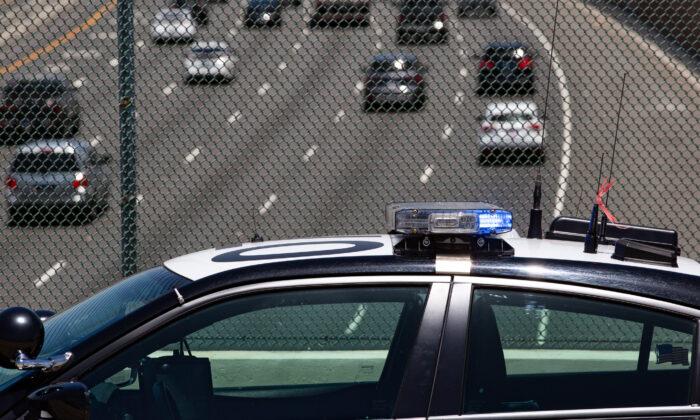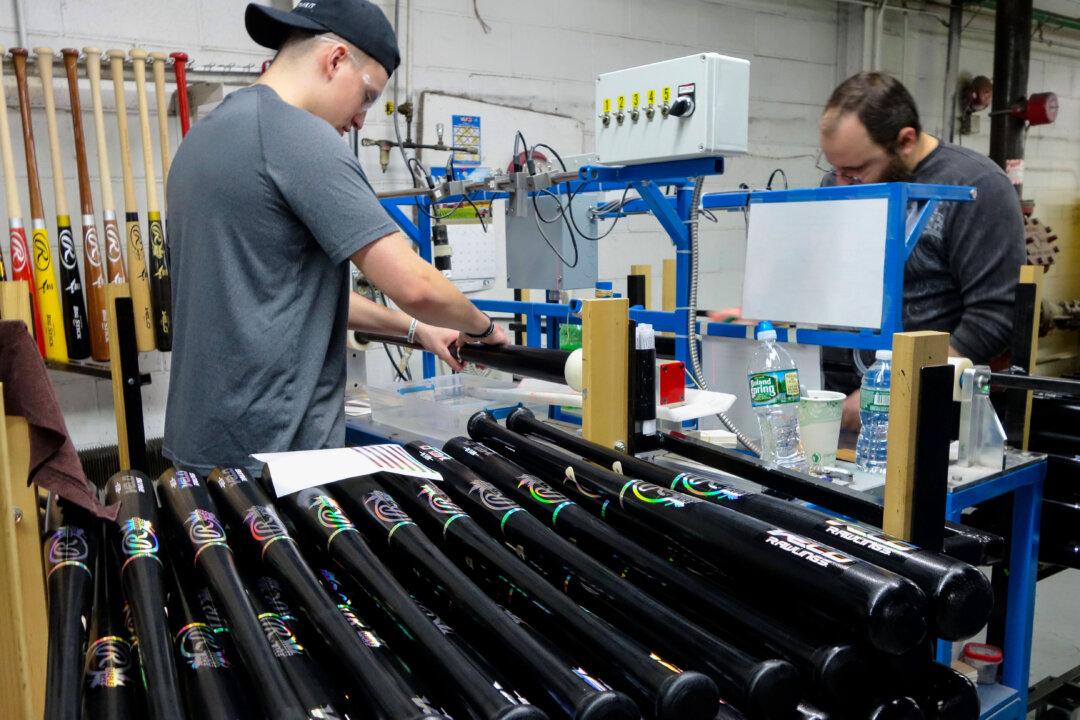Researchers are analyzing road rage so that they can train self-driving vehicles to respond to aggressive driving.
Research conducted by the University of Warwick, United Kingdom, found that aggressive drivers had a 5 km/h (3.11 mph) faster speed than their non-aggressive counterparts. They also made more mistakes, like not indicating when changing lanes.
Researchers hope that the study will help make autonomous vehicles respond appropriately to aggressive driving.
“This research is significant because, as the era of autonomous vehicles approaches, road traffic will be a mix of both autonomous and non-autonomous vehicles, driven by people that may engage in aggressive driving,” said lead author Zhizhuo Su in an April 11 press release.
“This is the first study to characterize aggressive driving behavior quantitatively in a systematic way, which may help the autonomous vehicles identify potential aggressive driving in the surrounding environment.”
Participants were asked to recall angry memories so that they were in an aggressive state when performing a driving simulation. Results from this group were then compared to a control group who were not aggressive during the simulation.
Road Rage Driving
An analysis of 1,500 American drivers in March 2021 by The Zebra, an insurance comparison site, found that the most frequently witnessed act of road rage was the persistent honking of horns, with 45.4 percent seeing this behavior.In second place was making rude hand gestures, reported by 38.9 percent of participants.
Around a third said that the most frustrating thing another driver can do is to drive a vehicle while distracted by their phone. Just 6.8 percent called traffic the most annoying thing about driving. After getting angry while driving, 26.5 percent of drivers said they use music or a podcast to calm down.
The top state with the most confrontational drivers was found to be Utah. While 76 percent of Utah citizens reported that another driver has honked at them in frustration, 58 percent of respondents stated that they have been at the receiving end of an offensive or rude gesture while on the road.
Missouri came in at second, followed by Colorado, Oklahoma, and New Mexico rounding up the top five.
Weapons, Handling Confrontational Drivers
According to the 2020 Circuit Route Planner Survey, 65 percent of respondents stated that they keep a weapon in their cars for self-defense purposes. Those who drove a Mercedes or BMW were found to be most likely to have a weapon in the car.While 50 percent said they have kept a knife in their cars, 45 percent keep pepper spray, 40 percent a firearm, 39 percent tire iron, 38 percent a baseball bat, and 31 percent a hockey stick.
“If you feel you are at risk, drive to a public place such as a police station, hospital, or fire station. When you park, allow room so you can pull out safely if someone approaches you aggressively. Use your horn to attract attention but remain in your locked vehicle.”





